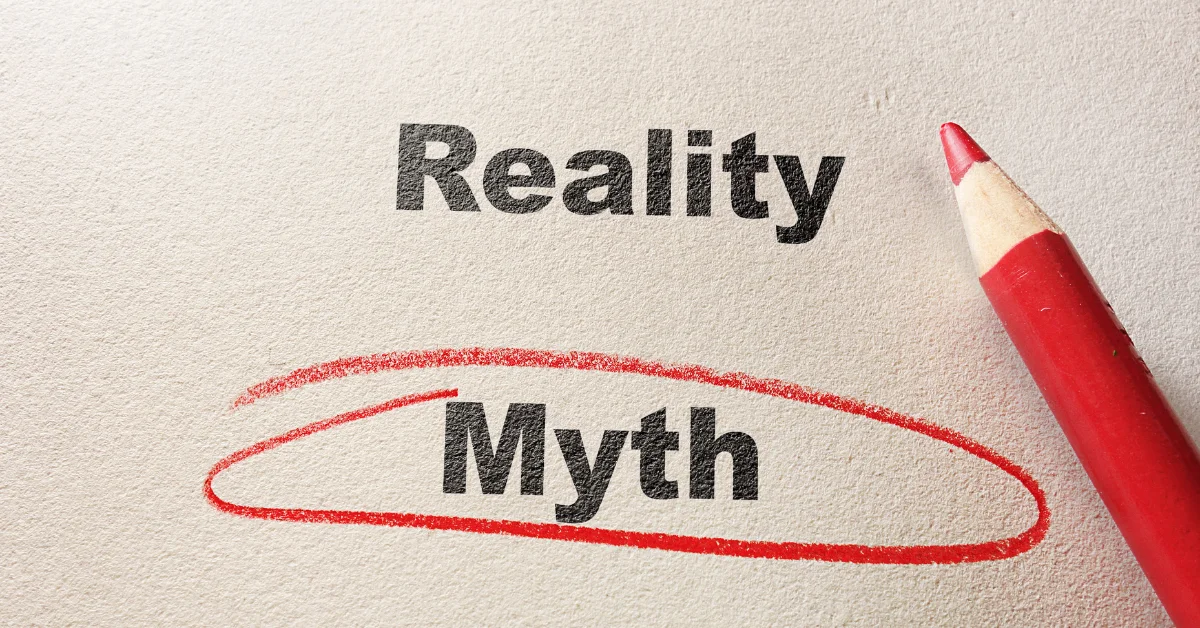Did you know that South Asians have a relatively high chance of developing Type 2 Diabetes in their lifetime? The genetic prevalence of Type 2 Diabetes in the South Asian community draws attention to how lifestyle and historical factors intertwine to play a role in our physical health. Find out more about the pervasiveness of Diabetes in the South Asian community, the causes of this epidemic, and how to manage it below.
Defining the South Asian Community
The “South Asian community” refers to the group of individuals whose ethnicity is derived from one or more of the following countries in lower Asia:
– India
– Pakistan
– Bangladesh
– Sri Lanka
– Nepal
– Bhutan
– Maldives
– Myanmar
– Afghanistan
Over 1.75 billion people in the world are South Asian with more than 20 million of them living outside of their home country, commonly referred to as the Diaspora. Many of those in the Diaspora may never return to their homeland or form a connection with their ethnic roots, yet still face the genetic predisposition to Diabetes rooted in their DNA.
Diabetes In the South Asian Community
Diabetes is a growing health concern for the South Asian community. Studies show that South Asians are six times more likely to develop Type 2 Diabetes in their lifetime than Caucasian counterparts. Furthermore, their Diabetes education and management is worse than others leading to an increased risk of health complications.
South Asians are also three times more likely to get cardiovascular disease. Coupled with the increased risk for Diabetes, these statistics create poor health outcomes for South Asians aged 20 to 60. The survival rate in these young people is much lower than their counterparts.
Additionally, the risk factors are much more attainable in South Asian communities. South Asians with a Body Mass Index (BMI) of 23 are considered overweight and susceptible to Diabetes, whereas the number is 25 for their counterparts. Similarly, South Asians with a waist size of 32 for Women and 36 for Men are considered obese and susceptible to Diabetes, whereas the numbers are 36 and 40 for their Caucasian counterparts.
Central obesity is strongly associated with Type 2 Diabetes and South Asians are more likely to have excess fat stored around their stomach and abdomen. Certain studies have also shown that they have increased Pancreatic β-cell Dysfunction and poor metabolism that make skeletal muscles burn fat at a slower rate. These factors lead to increased Insulin Resistance (IR) which is a strong contributor to Type 2 Diabetes.
Causes of Diabetes Prevalence within South Asians
Evidently, South Asians are genetically prone to developing Type 2 Diabetes and its negative effects. The cause behind this prevalence in such a large community of people is due to a mixture of lifestyle factors and historical events.
In terms of lifestyle, South Asians follow a traditional diet consisting of rich foods. The typical South Asian meal will often consist of white rice and dishes high in fat and oil. This leads to an increased intake of carbohydrates and other unfavourable nutrients. For those in the Diaspora, traditional foods coupled with western “fast foods” lead to an even poorer diet.
Many South Asians also lead a marginalised lifestyle as they have less access to essential resources. South Asian immigrants and refugees experience increased levels of food
insecurity and decreased access to physical activity opportunities due to systemic racism and other social determinants. These health inequities lead to increased rates of stress and poor health.
Until recently, it was believed that such lifestyle factors were the sole contributors to the genetic predisposition of Type 2 Diabetes in South Asian communities. Recent studies, however, show that a long and complex history with British Colonialism also plays a big role in the onslaught of the South Asian Diabetes epidemic.
Back in the British Colonial era in the Indian subcontinent (which at the time included India, Pakistan, and Bangladesh), South Asians were subject to countless famines. It is estimated that South Asians survived at least 31 famines between the 18th and 19th century under British Rule and colonial policies. The biggest of such famines was the Great Bengal Famine in 1943, caused by London’s rejection of India’s plea for emergency supplies after the plummet in rice stock prices.
This is significant because famines have devastating and long-lasting effects on the human body. Studies show that even one famine has multi-generational effects on its victims by increasing the risk of Diabetes, cardiovascular disease, and other health conditions. For South Asians who experienced multiple famines in one century the effects are dire.
As a result of these famines, South Asian bodies have become “starvation adapted” and easily store fat rather than burn it. Years later, however, these fat-storing bodies can access countless food options and often lead sedentary lifestyles, causing poor health outcomes. Dr. Mubin Syed at the Huffington Post says it’s an “evolutionary mismatch” and a “multifactorial perfect storm” causing this unique issue.
Managing Diabetes as a South Asian
With such social and genetic complexities, managing Diabetes as a South Asian can be difficult. Those with Type 2 Diabetes, or Pre-Diabetes, in the South Asian community may have to work twice as hard as their counterparts to achieve the same results in their health.
Nevertheless, it is important to stay motivated and consistent in your Diabetes care. Despite the social and genetic predisposition, Diabetes can be dealt with as a South Asian, with proper treatment. Here are some links to resources that address the Diabetes epidemic in South Asian communities:
Education and Information:
- Diabetes In the South Asian Community Overview: https://www.diabetes.co.uk/south-asian/#:~:text=People%20from%20South% 20Asian%20communities,risk%20of%20serious%20health%20complications
- Causes of Diabetes Prevalence in the South Asian Community: https://thevarsity.ca/2022/03/13/south-asians-type-2-diabetes/
- How British Colonialism Contributed to Diabetes in the South Asian Community: https://www.thedailystar.net/health/news/did-british-colonialism-make-south-a sians-prone-diabetes-cardiovascular-diseases-2984926
South Asian Diabetes Friendly Recipes:
- 7 Day South Asian Healthy Meal Plan: https://www.diabetes.ca/nutrition—fitness/meal-planning/7-day-south-asian-h ealthy-meal-plan
- Healthy Diabetes Recipes from South Asia: https://www.unlockfood.ca/EatRightOntario/media/ERO_PDF/en/Diabetes%2 0Prevention/South_Asian_recipe_single_low_res.pdf
- – Healthy Eating with Type 2 Diabetes (South Asian Foods): https://albertadiabeteslink.ca/wp-content/uploads/healthy-eating-with-type-2-d iabetes-south-asian-foods-in-english.pdf
Others:
- South Asian Diabetes Prevention Program (Toronto): https://www.fhc-chc.com/our-services/diabetes-prevention-and-management-s ervices/
References
Bakar, F. (2022, March 14). How history still weighs heavy on South Asian bodies Today. HuffPost UK. Retrieved July 22, 2022, from
Diabetes and South Asians. Indian Heart Association. (n.d.). Retrieved July 22, 2022, from
http://indianheartassociation.org/why-indians-why-south-asians/diabetes-and-south-as ians/
Report, S. D. (2022, March 17). Did British colonialism make South Asians prone to diabetes, cardiovascular diseases? The Daily Star. Retrieved July 22, 2022, from
Shah, A., & Kanaya, A. M. (2014, May). Diabetes and associated complications in the South Asian population. Current cardiology reports. Retrieved July 22, 2022, from
https://www.ncbi.nlm.nih.gov/pmc/articles/PMC4026332/
Who are South Asians? South Asian Concern. (2018, April 11). Retrieved July 22, 2022, from
https://southasianconcern.org/south-asian/
Why are South Asians more likely to be diagnosed with type 2 diabetes? The Varsity. (2022, March 14). Retrieved July 22, 2022, from
https://thevarsity.ca/2022/03/13/south-asians-type-2-diabetes/
Written byEditor on January 15, & 15, E. on J. (2020, March 9). Diabetes, particularly cases of type 2 diabetes, is a growing health problem for people of South Asian descent. Diabetes. Retrieved July 22, 2022, from
By Naomi Monower
Research Intern, The Diabetes App









